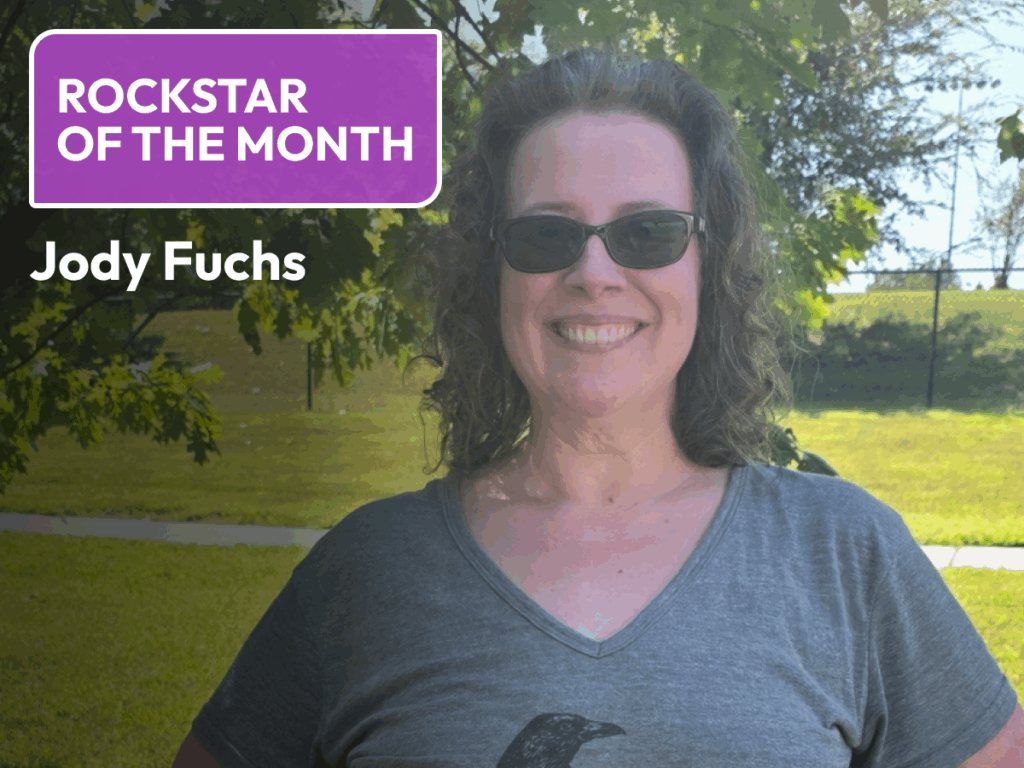Back in the day I played viola for my high school’s orchestra. A viola, for those cool enough in high school to not know what I’m talking about, is an instrument halfway in size and sound between a violin and cello and about a quarter as sought-after. Why I played viola is still beyond me. In some cases there’s no real need for intermediates — cafés sell hot tea and iced tea but not ‘tepid’ tea — and the viola proves just that, in a centuries-old case study gone bust. There’s no real music written for viola. The music that’s there is just like the “meat” that’s churned into sausage. Mostly filler. Except sausages are still leagues ahead in demand.

I promise there’s a point here. You now know anything there is to know about violas, and might appreciate this joke the band teacher would make at the violist’s expense:
One day, the conductor of an orchestra visits his violist’s home. He burns the house down and runs away with the violist’s wife. That evening the violist arrives home to the scene of devastation. He finds a policeman who smiles apologetically, “So sorry, sir, apparently the conductor came to your house, and…”
The violist’s eyes light up and he interrupts excitedly, “The conductor? Came to my house?!”
This is one of my favorite instances of “you’re missing the point!” And I thought back to it several times during this past week, while shadowing Dr. Bailony and meeting some of his patients at Enara for this first time. I realized that I’d been missing the point, for many years, when it came to weight management: the context surrounding why and how the scale ticks and somersaults up or down. My perspective, like the violist’s, had been myopic (understatement.) And this reflection is significant to me, as one who struggled with weight management since childhood.
For most of my life I’d default-imagined weight management as a transaction. Good food and activity choices resulted in a better physical outcome and vice versa. A “you get what you pay for” kind of deal. There is agency in this model, a sense that one can change one’s body primarily through decisions, but a parallel risk of blame. On multiple occasions I’ve encountered snide physicians refer to my weight as a product of “complacency” or “cluelessness,” a personal mark of character. In those check-ups I’d nod and blandly wish that white coat a slight shrink in the wash. I’d always imagined weight gain to result purely from lack of self control, and I’d never bothered to examine that assumption. Genetics aside — some people get a discount, some a mark-up — the transactional method seemed to hold. And to an extent, it still holds. But it’s hardly half the story.
And that’s the point. There is a story, in every individual’s case, and any explanation of weight loss/gain that fails to recognize that misses the mark.
During my time shadowing I met a subset of patients who rode a familiar kind of wave: when their life stresses were low (their jobs were good, their families well) they felt wonderful on their programs, but when the current drew down, managing their weight proved more difficult. Some experienced particular difficulty during a break-up, or particular social episode. The ‘weight management transaction’ I’d mentioned earlier seemed complicated by the fact that the weight some patients gained or lost wasn’t ‘weight’ so much as residue of life-living. Weight tells a story, exposes a narrative that’s not always heard or surfaced: sometimes it’s harder to hit the gym or toss a salad when you feel swamped by matters that are close to you. And sometimes our brains wire to demand certain foods/indulgences to feel good when some parts of life feel less good. To rewire our brains requires, sometimes, sitting with yucky feelings or hacking our system: certain foods/indulgences produce delightful brain chemicals, but those same brain chemicals can form through alternate routes, like a great conversation or a fun DIY project. There’s a pretty painting in Dr. Bailony’s office made by a former patient who discovered acrylics could canvas over the comforts derived from her previous lifestyle.
Sometimes weight management requires a glimpse inward, an evaluation of our personal narratives. It might be helpful to consider the ticks in the scale as physical illustrations of our lives’ general themes, the way tree-trunk rings signify age but aren’t themselves sources of it. This doesn’t mean we’re any less capable of agency in making things the way we hope. But it does introduce an aspect to be mindful toward, and a reason to be kind to yourself. That, as my band teacher would have said, is the point.



